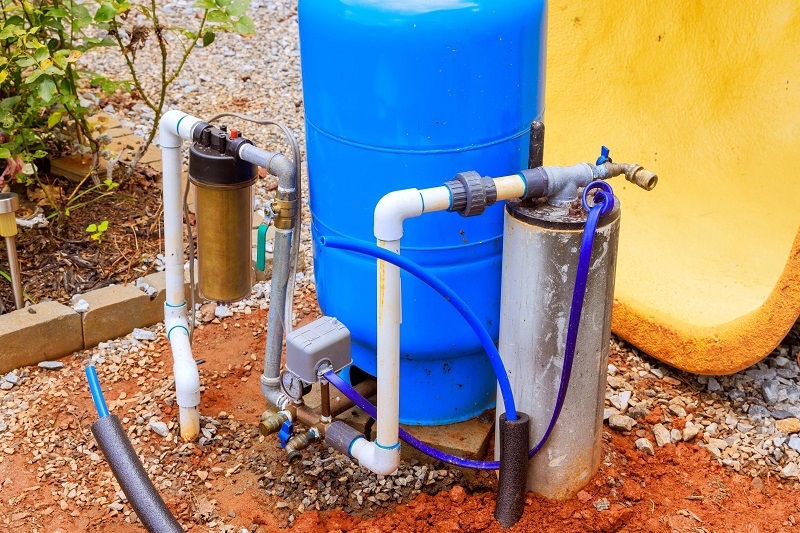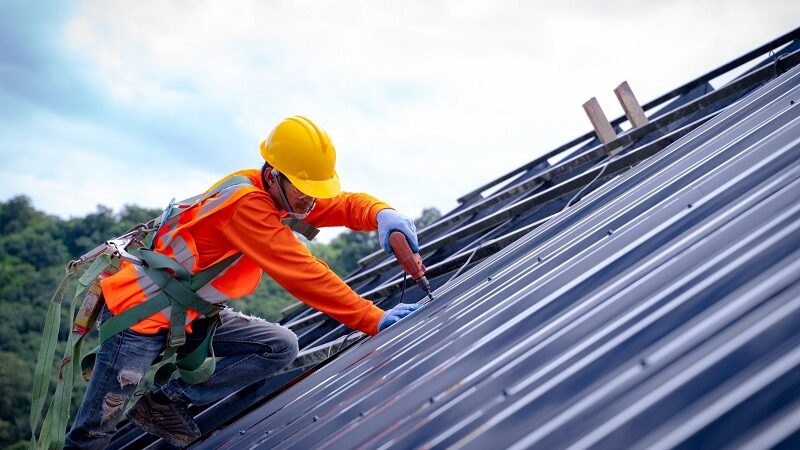Access to clean, safe drinking water is a top priority for homeowners who rely on private wells. While digging a well is a solid start, the real secret to consistently high-quality water lies beneath the surface—literally and figuratively—in the setup of your well tank system. Maintaining water quality isn’t just about filtration or softeners; it’s also about ensuring your water tank for wells is properly sized, installed, and maintained.
From reducing contamination risks to enhancing water pressure and flow, let’s explore how a thoughtful approach to well tank systems contributes to clear water solutions that support health, efficiency, and peace of mind.
Understanding the Role of a Well Tank
A well tank acts as the middleman between your well pump and your plumbing system. While the pump draws water from the ground, the well tank stores it under pressure, so water is instantly available when you turn on a tap.
Why It Matters:
Without a well tank—or with a poorly maintained one—your pump would need to run constantly. This not only wastes energy but also leads to pump burnout, pressure issues, and most importantly, poor water quality over time.
A properly functioning water tank for wells:
- Reduces wear on the pump by minimizing cycling
- Provides consistent water pressure
- Acts as a buffer against sediment and contaminants
- Helps maintain a sanitary, closed-loop system
Key Components of a Clean Water Well System
To maintain excellent water quality, it’s important to understand the elements that work together behind the scenes.
- Pressure Tank
This is the heart of the system. It stores pressurized water and controls pump cycles. A well-sized tank means fewer pump activations and a longer system lifespan.
- Check Valves
These one-way valves prevent water from flowing backward into the well, which can contaminate clean supplies.
- Pressure Switch
It senses when the tank pressure drops and tells the pump to turn on. Proper calibration is essential for efficiency and clean operation.
- Filtration Systems
While not part of the tank itself, filters near the tank help trap sediment, rust, and microbial contaminants.
- Drain Valves and Air Valves
These parts ensure the system can be flushed and depressurized for maintenance, crucial for preventing bacteria buildup.
Together, these components support clear water solutions and help avoid common problems like cloudy water, metallic tastes, or bacterial growth.
Proper Tank Sizing and Placement: Why It Matters
Choosing the right water tank for wells isn’t one-size-fits-all. Tank capacity should be based on your household’s water usage and the depth and recovery rate of your well.
Undersized Tank Risks:
- Frequent pump cycling
- Low water pressure
- Faster pump failure
- Increased risk of sediment entering the system
Oversized Tank Risks:
- Water stagnation
- Bacteria and mold growth
- Unnecessary energy usage
Pro Tip: Placement also matters. Your well tank should be installed in a dry, temperature-controlled space to reduce the risk of freezing or condensation, both of which can compromise water quality.
Routine Maintenance: The Secret to Long-Term Water Quality
A neglected well tank system is a ticking time bomb. Regular inspections and upkeep are key to sustaining clean water over the years.
What to Check Annually:
- Pressure readings: Ensure pressure stays within recommended ranges (typically 40-60 psi).
- Air charge: Tanks with internal bladders need proper air balance to avoid “waterlogging.”
- Signs of corrosion or leaks: These can introduce contaminants and lower efficiency.
- Water clarity and odor: Discoloration or smell can signal bacterial contamination or mineral imbalance.
Professional inspections are recommended at least once a year, but homeowners can perform basic visual checks more frequently to catch small issues early.
Preventing Contamination at the Source
The location and construction of your well and tank system are your first line of defense against pollutants. Surface runoff, chemical spills, or faulty seals can all compromise the purity of your supply.
Best Practices Include:
- Keep the wellhead at least 12 inches above ground
- Maintain a sealed, sanitary cap on the tank and well casing
- Grade the surrounding area to divert water away from the well
- Avoid storing chemicals or fertilizers near your well
Combining physical safeguards with a high-quality water tank for wells ensures your water stays protected from surface contamination and maintains clarity.
Modern Upgrades: Smart Systems for Better Control
Technology now plays a growing role in water quality management. Many homeowners are turning to digital monitoring systems that send alerts when pressure drops, leaks are detected, or water flow changes.
These “smart” systems add another layer of defense to your setup, helping to guarantee clear water solutions no matter the season or weather conditions.
Popular Features:
- Wi-Fi connected pressure gauges
- Leak detection sensors
- Real-time flow monitoring
- Automated flushing systems
While traditional tanks still perform well when maintained properly, integrating a few modern tools can simplify maintenance and improve response time during issues.
Troubleshooting Common Issues
Sometimes, even with the best setup, problems arise. Catching them early can make the difference between a quick fix and a major overhaul.
| Symptom | Likely Cause | Solution |
| Cloudy water | Sediment or bacterial contamination | Install or replace filters, and sanitize system |
| Low pressure | Waterlogged tank or failing pump | Re-pressurize or replace components |
| Odor (rotten egg smell) | Sulfur bacteria | Shock chlorination or advanced filtration |
| Rapid pump cycling | Undersized tank or air loss | Upgrade tank or recharge air bladder |
A Smart Investment in Your Water Future
If you rely on well water, the health of your system is directly tied to the health of your family. A well-designed and maintained water tank for wells is the cornerstone of any system aiming for clear water solutions year-round.
From maintaining water pressure to reducing the chance of contamination, your tank setup plays a bigger role than you might think. Whether you’re setting up a new system or upgrading an existing one, investing time and attention into your well tank pays off with every clear, safe glass of water.







